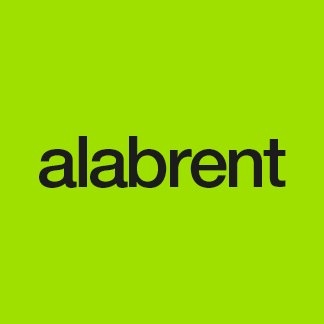Redacción Alabrent
Since its foundation in 1994, eurolaser has specialised in cutting non-metallic materials. These include plastics such as polyester or acrylic, wood and MDF, textiles and composites as well as many other materials. Today, the universal cutting systems are used, among other things, for cutting large-format textiles in the soft signage sector, for technical control elements made of plastic films or printed acrylic displays for shop fitting. In particular, the demand for large processing areas and automation solutions is increasing across all industries. With the new, optional camera system, called POSITIONplus professional, eurolaser picks up on this trend and offers exciting competitive advantages especially for processors in the printing industry.Smart cutting of printed material
Many applications require precise cutting to existing fiducial marks or other material references. For this purpose, eurolaser offers a smart solution consisting of a camera and evaluation software. Using reference points, the optical recognition system allows printed materials to be cut out precisely along the print contour. The new camera technology considerably reduces the time needed to read in the fiducial marks. The entire working area is quickly captured via area scan, thus optimising the process time. In addition, this process expands the range of possible applications. For example, contours on materials can be detected, whereupon suitable cutting data is created under software control. Pattern matching is also possible. Material patterns are detected so that the positioning of the cutting data is done taking the pattern into account. Useful functions that save time and money in further processing.
Laser - powerful processing without material contact
Working without contact means more than you might imagine at first glance. No influence of force on the material, no material distortion, no clamping of the material, better material utilisation, less waste, no re-sharpening of the tool are only some of these benefits. The thermal cutting process of the laser is very advantageous in many applications. Fringe-free, slightly fused cut edges in synthetic textiles, sealed multi-layer foils or crystal-clear, smooth cut edges in acrylic are just a few examples. The laser processing is carried out with the highest precision, even very filigree details are cut exactly. Since the laser beam itself is wafer-thin (approx. 0.2-0.3 mm), even inner contours are cut radius-free, without taking the tool diameter into account. Unlike other machining processes, the laser does not become blunt over time. The quality of the cuts remains consistently high for years, from the first to the last workpiece.
Flexibility through the addition of market-proven tools
Of course, there are also machining requests that cannot be optimally implemented with the laser, such as mitre cuts or milling and V-grooves. In this case, eurolaser offers unique flexibility. Additional mechanical tools can be installed on all laser systems. For this purpose, the user has access to well designed eurolaser solutions as well as the entire high-quality tool range of Zünd Systemtechnik AG from Switzerland. For example, milling and marking tools can expand the processing possibilities. Materials that are not suitable for the laser, such as PVC, can also be processed on the same cutting system.
eurolaser will be presenting its cutting solutions at FESPA in Hall B2, Stand D16.



